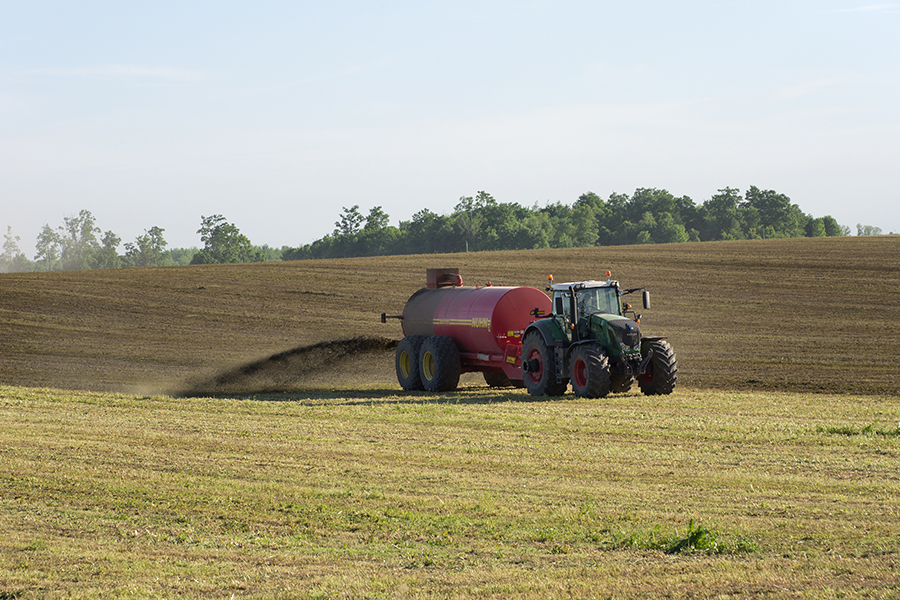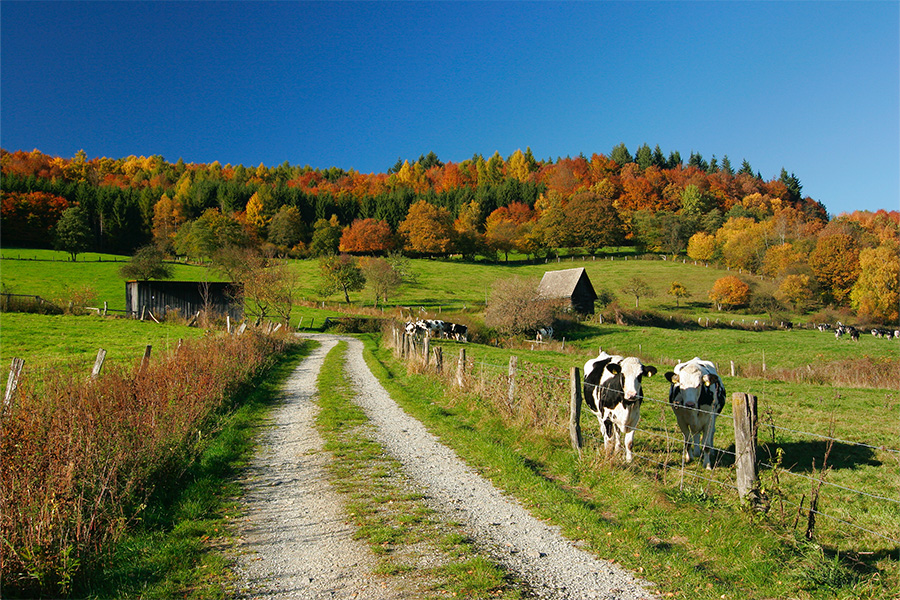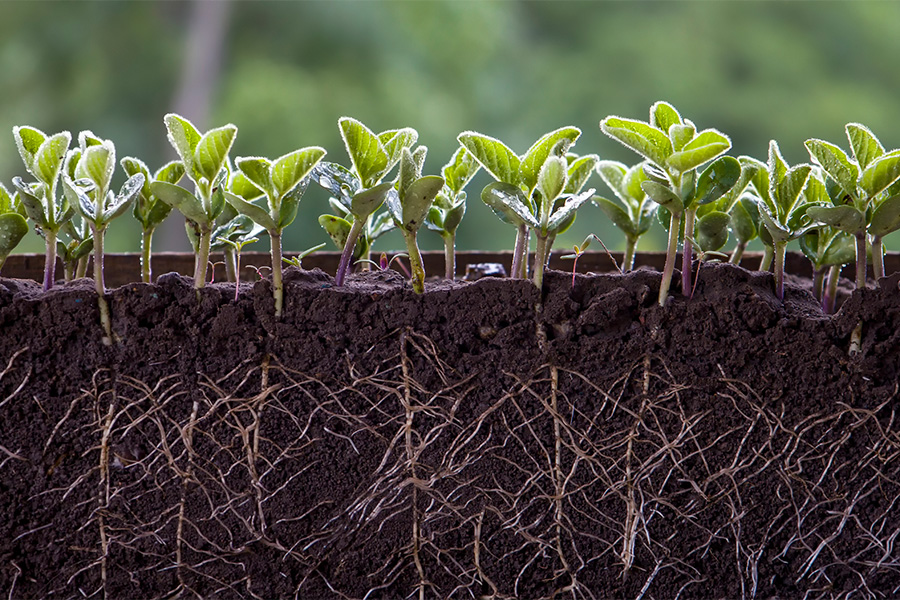General Agriculture
-

Bill Pickens, Conifer Silviculturist,
North Carolina Forest Service
Shortleaf pine and its associated plant communities evolved with fire of varied temperatures, or mixed severity, and a fire return interval, or frequency of 2–18 years. Periodic occurrences of fire provide shortleaf a growth advantage; a competitive edge that allows it to both establish and maintain a place in the canopy. Without fire, hardwoods and loblolly or Virginia pines out-compete shortleaf. Across its wide range, shortleaf is found growing with blackjack, white, and post oaks; trees that have similar adaptive traits and fire resistance. The high diversity and number of herbaceous understory plants and wildlife found in shortleaf savannahs and woodlands is sustained with frequent prescribed burns. The frequency, intensity, and time of year of a burn all influence how fire shapes a shortleaf forest. Due to its reliance on fire, foresters and ecologists commonly refer to shortleaf as fire resistant, fire resilient, fire dependent, or fire adapted. However, shortleaf pine is not fire-proof. And while fire provides many benefits there are risks. Some trees, particular seedlings and saplings will be damaged or destroyed from fire. Land managers must base the decision to burn on their overall management goals.Brent Peterson
|
-

Patrick Keyser, University of Tennessee, Center for Native Grasslands Management
Savannahs are typically thought of as transitional landscapes between forest and prairie, containing a sparse overstory and well-developed herbaceous understory, including grasses, wildflowers, and occasional understory shrubs. A similar concept is a woodland, which is a transitional landscape between savannahs and forests. In woodlands, overstory density is typically greater and understories are not as well-developed and may contain more woody plants than what is typical of savannahs. The open-forest canopy and rich understory vegetation of both communities were historically maintained by frequent, low-intensity fires. Although savannahs and woodlands were once widely distributed across much of the Eastern U.S., they are now rare due to fire exclusion, land clearing, and natural succession. Many plant and animal species associated with forests, forest edges, and open prairies thrive in these communities making savannahs and woodlands some of the richest and most diverse natural communities in the region. They provide excellent habitat for northern bobwhite quail, eastern wild turkeys, and in many cases, white-tailed deer.
Brent Peterson
|
-

C 1135
Silvics of Shortleaf Pine
Bill Pickens, Conifer Silviculturist, North Carolina Forest Service
Shortleaf pine, Pinus echinata, is the most widely distributed, but perhaps least understood of the four major southern yellow pines. Growing in 22 states from southern New York to eastern Texas, it occupies the largest range of any pine in the southeastern United States. Its extensive distribution reflects it adaptability to a great variety of soil, average annual temperatures (48–70-degree F), total precipitation (40–60 inches) and elevations (up to 3000 feet). Throughout much of its range, but especially in the East, it is a species of minor and varying occurrence often found growing with other pines and hardwoods. In Arkansas and Missouri, where it is the only naturally occurring pine, we find widespread areas of pure and mixed shortleaf-oak stands.
Brent Peterson
|
-

Linda Wang, National Timber Tax Specialist, Forest Service
Specific Federal income tax laws and rules apply to timber-related income and expenses. The tax tips provided in this bulletin are intended to assist timber owners, foresters, or loggers and their tax preparers in filing their 2017 tax returns. This material is for informational purposes only and is not intended to provide tax, legal, or accounting advice. Please consult your own tax, legal, and accounting advisors before engaging in any transaction. The information is current as of September 30, 2017.Brent Peterson
|
-

Linda Wang, National Timber Tax Specialist, USDA Forest Service
Timber or landscape trees destroyed by the hurricane, fire, earthquake, ice, hail, tornado, and other storms are “casualty losses” that may allow the property owners to take a deduction on their federal income tax returns. The key for most cases is to figure out the “adjusted basis” of the timber. The “Adjusted Basis” of Timber Generally, the cost or the measure of your investment in the property you own is the property’s basis. The original basis is defined as follows: 1) for purchased timber property, it is the purchase price and related costs (such as legal fee and timber cruises); 2) for gifted timber property, it is the donor’s adjusted basis in most instances; 3) for inherited timber property, it is the fair market value (or alternative value if so elected) on the date of death (or alternative valuation date). The “adjusted basis” of a property is the original basis reduced or added by adjustments over the term of ownership (e.g., new purchase increases your timber basis while timber sale decreases your timber basis).
Brent Peterson
|
-

Farmers have known for centuries that animal manures spread on pastures and cropland can improve soil fertility. In the 1920s, farmers began to use sludge from municipal wastewater treatment plants as a fertilizer. Through decades of research, the scientific and agricultural communities have come to understand that municipal sludge or “biosolids” contain valuable nutrients and organic matter that improve the soil in a way similar to animal manures. It is important to understand that biosolids are not raw sewage. Biosolids are organic solids that have been treated to stabilize organic matter and reduce disease-causing organisms or pathogens.
This publication was developed to help answer some common questions regarding the use of biosolids and to give farmers benchmarks for good practices.L. Risse and Gary Hawkins
|
-

Poultry litter is widely used on pastures and hayfields in Georgia. There are many benefits when it is used wisely. Producers should use nutrient management planning and recommended rates to ensure poultry litter is used in ways that maximize its benefits without harming the environment.
Julia Gaskin and Glendon Harris
|
-

C 990
Soil Inoculants
Soil inoculants are used for a variety of reasons. In some cases, we add soil organisms that have a known beneficial effect. A symbiotic relationship is one that is mutually beneficial. In return for the plant feeding the rhizobia carbon from photosynthesis and giving it a home, the bacteria can “fix” atmospheric nitrogen into a form that the plant can use.
Julia Gaskin, Peter Hartel, Elizabeth Little, and Glendon Harris
|
-

This publication discusses organic Vidalia onion production in Georgia, from site selection and harvesting to certification.
George Boyhan and Tim Coolong
|